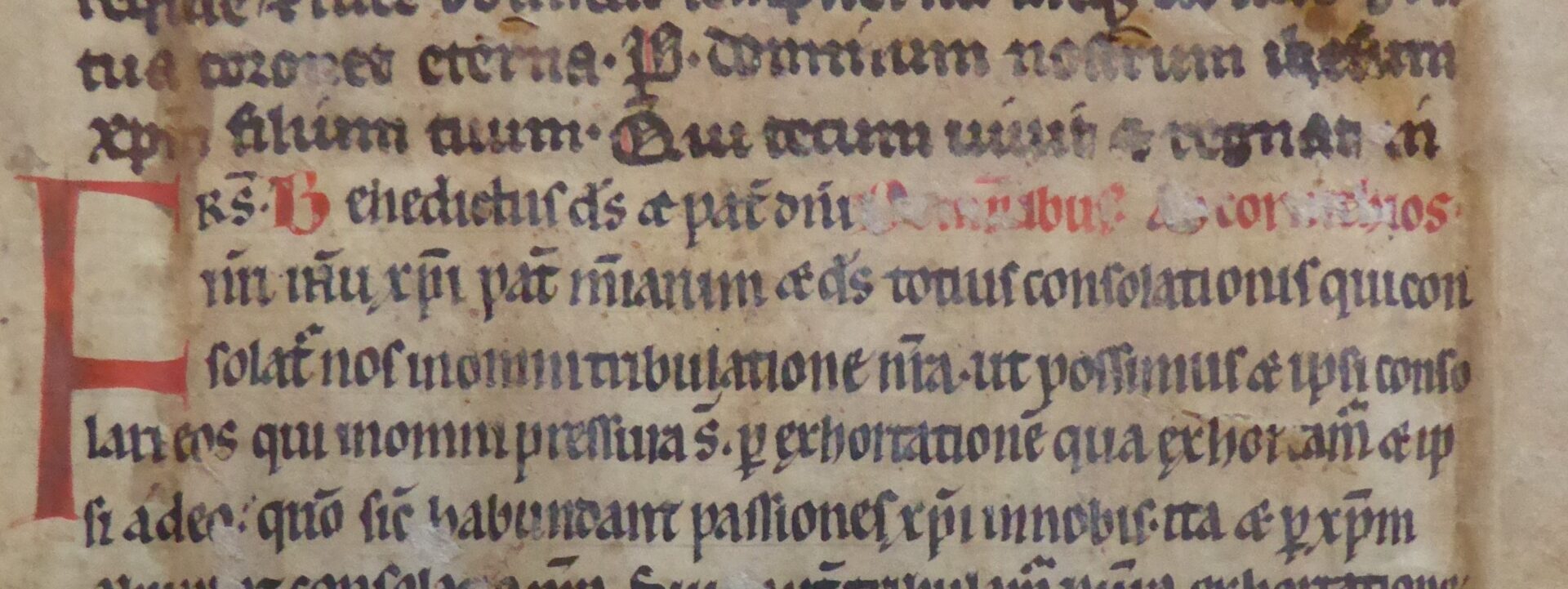
Will Matthews
King's College London
Project title:
Osbern’s Vita et Passio Elphegi and Translatio Elphegi: A Critical Edition and Translation with Notes and Discussion of the Texts

Project Summary:
The late eleventh and twelfth centuries saw a great increase in the production of Latin hagiographies in England. While a significant element of this was the arrival in England of figures such as Goscelin of Saint-Bertin from the continent, who was perhaps the most prolific hagiographer of this period, in Canterbury, despite the influx of Normans after the conquest it was two English monks that were the most important hagiographers of this period. These were Osbern and Eadmer; the latter has been well studied; however, Osbern, Eadmer’s elder, has not been so fortunate, of his three surviving works – the Vita Dunstani, Vita et Passio Elphegi and Translatio Elphegi – only the former has been critically edited, whereas the other two have been left understudied, despite the Vita et Passio Elphegi marking, according to Richard Southern, “the beginning of the post-Conquest revival of Canterbury’s past…”. (Southern, 1990, p. 317). This text truly represents a post-Conquest revival, for Osbern had little information of Ælfheah, so much of the life is his own creation and likely cannot tell us much of the historical Ælfheah. I intend to produce a critical edition of both the Vita et Passio and Translatio Elphegi, alongside detailed discussion and commentary. This will significantly enable further study of this text, as the currently available editions rely on texts printed in 1691 (Wharton, 1691) and 1701 (Mabillon, 1701) from single witnesses, or upon Carl Horstmann’s 1901 edition of Wynkyn de Worde’s Nova Legenda Anglie which contained a later abridgement of the text. While the Translatio, a much shorter text, was printed in 1994 by Alexander Rumble in an appendix, this can only be called a preliminary edition. My research will also illuminate post-Conquest English cultural memory of a pre-Conquest saint in Canterbury, and an English monk’s perceptions of his post-Conquest reality.
Bibliography:
Horstmann, C., Nova Legenda Anglie, 2 Vols. (Oxford, 1902), I.381–91.
Mabillon, J., ed., Acta Sanctorum Ordinis S. Benedicti, VI.1 (Paris, 1701), pp. 115–23.
Rubenstein, J., ‘The Life and Writings of Osbern of Canterbury’, in R. Eales and R. Sharpe ed., Canterbury and the Norman Conquest: Churches, Saints and Scholars, 1066–1109 (London, 1995), pp. 27–40.
Southern, R., St Anselm: A Portrait in a Landscape (Cambridge, 1990).
Wharton, H., ed., Anglia Sacra, 2 Vols (London, 1691), II.122–42.